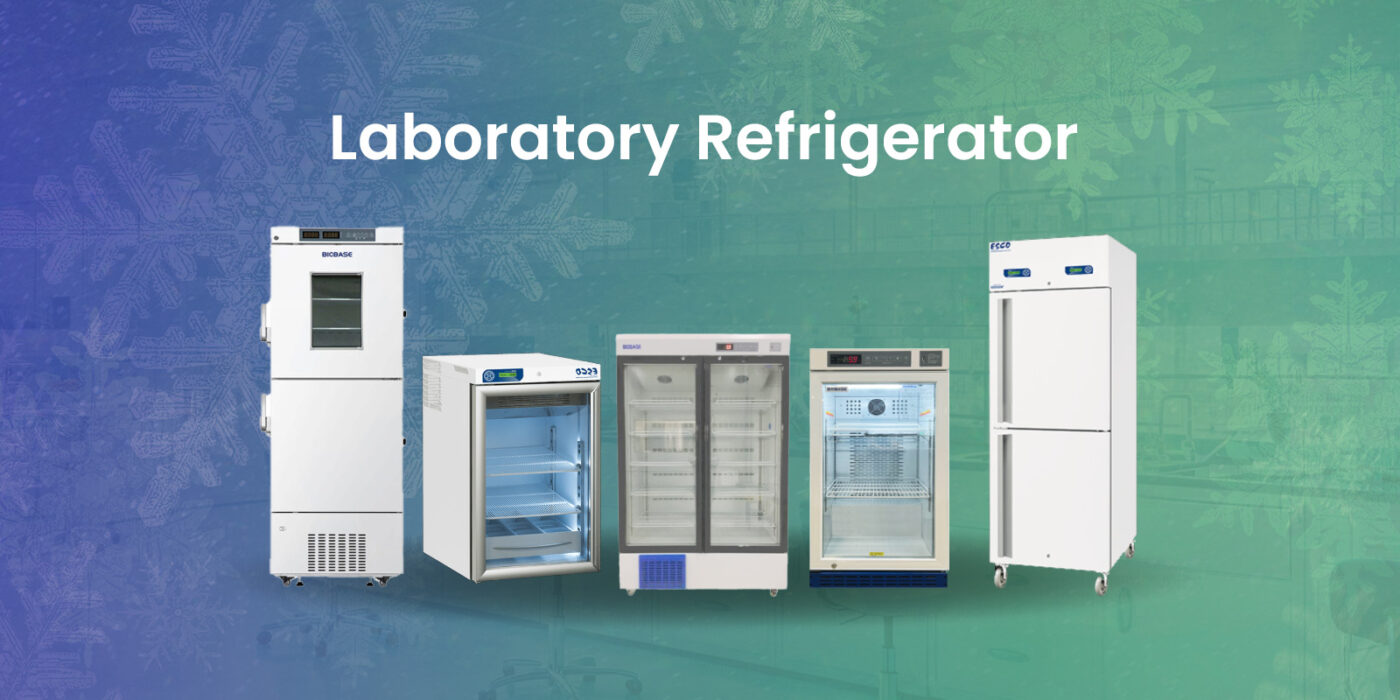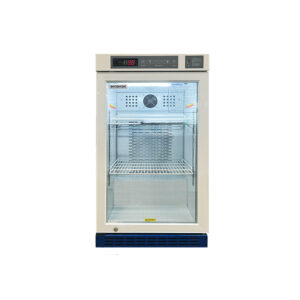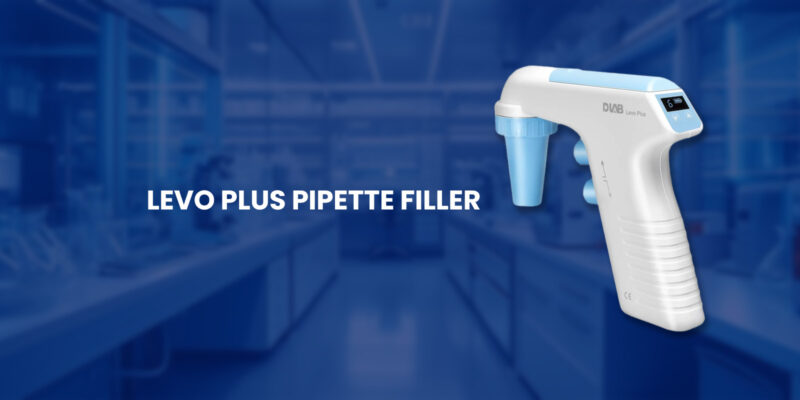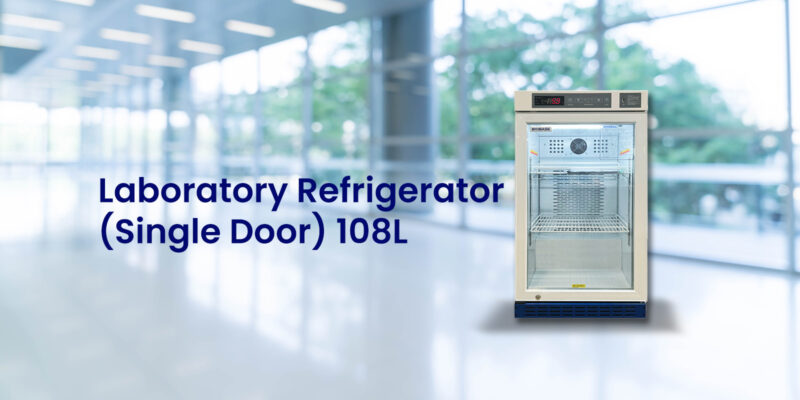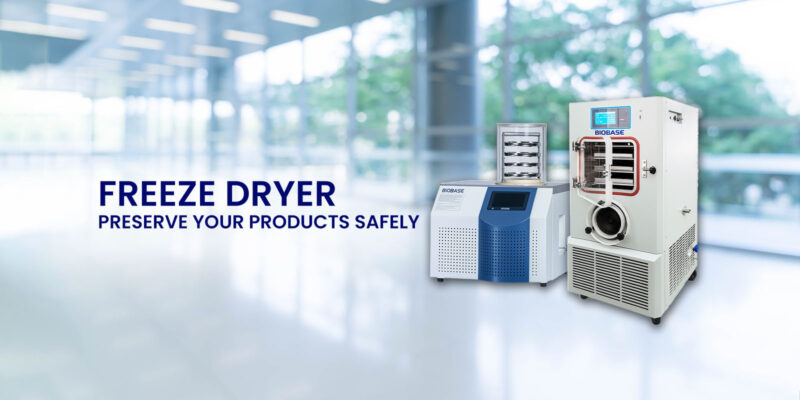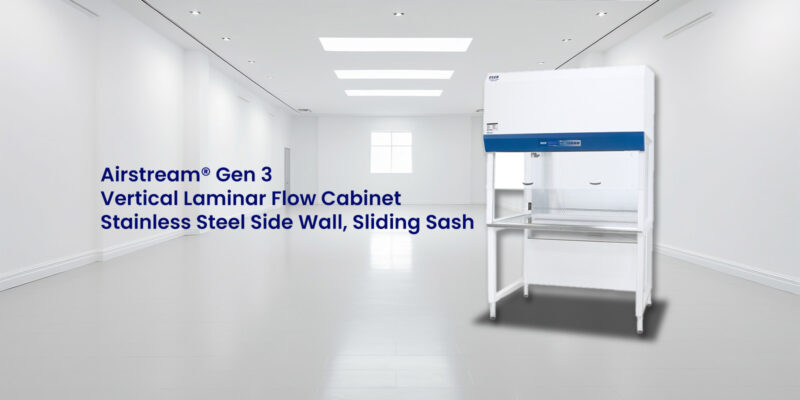Healthcare and Pharmaceutical, Laboratory and Research
Laboratory Refrigerator: Complete Guide with Benefits, Uses, and How to Use It Safely
In scientific and medical settings, maintaining the correct storage conditions for temperature-sensitive materials is critical. A Laboratory Refrigerator is designed specifically to meet this need. Unlike domestic refrigerators, laboratory refrigerators offer precise temperature control, consistent airflow, and features tailored to research, pharmaceutical, and clinical environments.
This comprehensive guide explains what a laboratory refrigerator is, its benefits, types, key features, and a detailed explanation of how to use it properly.
What is a Laboratory Refrigerator?
A laboratory refrigerator is a specialized cooling device used to store biological samples, vaccines, pharmaceuticals, reagents, and chemicals that require precise temperature control. Most lab refrigerators operate between 2°C and 8°C and are designed for continuous, reliable use in controlled environments.
Benefits of Using a Laboratory Refrigerator
- Precise Temperature Control
Laboratory refrigerators offer accurate temperature regulation, ensuring that sensitive materials like vaccines or enzymes are stored safely. Unlike household fridges, lab models maintain stable temperatures even with frequent door openings.
- Regulatory Compliance
They are built to meet various safety and quality standards such as CDC, WHO, and GMP. This ensures that stored materials remain valid and compliant with international health regulations.
- Enhanced Sample Integrity
Stable and uniform cooling helps maintain the integrity of stored items. This prevents degradation, contamination, and temperature-induced alterations in biological or chemical materials.
- Safety Features
Most laboratory refrigerators include alarms for temperature deviations, door ajar alerts, locking mechanisms, and backup systems to prevent losses during power failures.
- Long-Term Durability
These refrigerators are made from high-quality, corrosion-resistant materials and can run continuously for years with minimal breakdowns, reducing the risk of sample loss.
- Energy Efficiency
Modern models are designed with energy-saving technologies such as LED lighting, low-energy compressors, and CFC-free refrigerants, making them more environmentally friendly.
How to Use a Laboratory Refrigerator: Step-by-Step Guide
Proper usage of a laboratory refrigerator ensures safety, longevity, and accurate storage conditions. Below is a detailed step-by-step guide:
- Installation and Setup
Location and Placement
- Install the refrigerator in a well-ventilated, temperature-controlled room.
- Leave at least 10 to 15 cm of space around the unit for proper airflow.
- Ensure the unit is level to prevent uneven cooling and door issues.
Power Supply
- Plug the unit into a grounded power outlet.
- Avoid extension cords and use a surge protector or UPS for essential equipment.
Initial Operation
- Allow the refrigerator to run empty for 12 to 24 hours to stabilize before adding any samples.
- Setting and Monitoring Temperature
Setting the Temperature
- Use the digital control panel to set the temperature, typically between 2°C and 8°C.
Monitoring
- Use a secondary thermometer or digital data logger to confirm internal temperatures.
- Record temperatures at least twice daily or use an automated system for continuous logging.
Alarm Setup
- Set alarm thresholds for both high and low temperatures and ensure the alarm is functioning properly.
- Organizing Contents
Storage Guidelines
- Use leak-proof, labeled containers.
- Group similar items together on designated shelves.
- Do not store items directly on the refrigerator floor.
Airflow Considerations
- Avoid overloading the unit. Leave space around items to allow uniform airflow.
- Do not block fans or air vents.
Placement
- Place the most sensitive items in the center, where temperatures are most stable.
- Avoid placing items on the back wall or near vents.
- Daily Use
Door Usage
- Limit how often and how long the door is opened.
- Always close the door fully to maintain temperature stability.
Sample Handling
- Wear gloves when handling samples to avoid contamination.
- Avoid placing warm or recently thawed items directly into the refrigerator.
Access Control
- Lock the unit when not in use if it contains high-value or sensitive materials.
- Maintain an access log to record who accessed the refrigerator and when.
- Cleaning and Maintenance
Daily
- Wipe any spills immediately to prevent contamination and odor.
Weekly
- Clean shelves and surfaces using mild detergent and disinfectant.
- Check for expired or damaged materials and dispose of them safely.
Monthly
- Inspect door seals and gaskets.
- Clean the condenser coils according to the manufacturer’s instructions.
Annually
- Schedule professional maintenance to check internal components, calibrate sensors, and test alarms.
- Emergency Procedures
During a Power Failure
- Keep the door closed to retain cold air.
- Use battery-powered temperature loggers to monitor conditions.
Back-Up Plan
- Have a backup refrigerator or generator-supported unit available for transferring materials.
- Follow emergency protocols and inform staff immediately.
Types of Laboratory Refrigerators
Understanding the different types of laboratory refrigerators is essential for selecting the right unit based on your storage needs. Below are key models provided by Caresource, each designed for specific temperature requirements and lab environments.
- Laboratory Refrigerator (Single Door) – 108L
Compact and reliable, ideal for storing reagents and samples at 2°C to 8°C in smaller lab spaces. - Low Temperature Freezer – Two-Room Design
Dual compartments offer 2°C to 8°C (upper) and –20°C to –40°C (lower) for flexible cold and ultra-cold storage. - Lab Combination Refrigerator-Freezer
Combines refrigeration (+2°C to +15°C) and freezing (–10°C to –24°C) in one unit, perfect for multi-purpose labs. - HP Series Lab Refrigerator
It provides precise temperature control between +2°C and +15°C, which is ideal for storing sensitive lab materials. - Laboratory Refrigerator (2°C to 8°C)
A standard unit for general lab use, ensuring stable storage of vaccines, samples, and chemicals.
Key Features to Look For
- Digital Temperature Display: For precise control and visibility.
- Alarm System: Alerts for temperature deviations, door ajar, and power loss.
- Data Logging: Internal or external logging systems for compliance tracking.
- Locking Mechanism: Restricts access to authorized personnel.
- Energy Efficiency: LED lighting, low-consumption compressors, and insulation.
- Adjustable Shelves: Allows flexible sample organization.
Common Mistakes to Avoid
- Storing food or beverages in laboratory refrigerators.
- Blocking air vents or overloading the unit.
- Ignoring alarm notifications.
- Failing to log and review temperature readings regularly.
- Using it without proper calibration and maintenance.
Frequently Asked Questions (FAQs)
Can I use a domestic refrigerator for lab purposes?
No. Household refrigerators lack the temperature stability, alarms, and compliance features needed in laboratory environments.
How often should a laboratory refrigerator be serviced?
Basic cleaning should be done weekly, while full servicing and calibration should be performed at least annually.
What is the ideal storage temperature for vaccines?
Most vaccines should be stored between 2°C and 8°C. Always follow the manufacturer’s guidelines.
A Laboratory Refrigerator is an essential piece of equipment in any medical, research, or pharmaceutical setting. It ensures the safety, viability, and regulatory compliance of stored materials. Understanding how to use it correctly—from installation and temperature monitoring to daily maintenance and emergency handling—is key to protecting valuable inventory and ensuring smooth lab operations.
Investing in a high-quality laboratory refrigerator and maintaining proper usage protocols can safeguard your materials, reduce operational risks, and support accurate research outcomes.
Laboratory refrigerators are crucial for storing sensitive materials like vaccines, samples, and reagents under controlled conditions. They ensure temperature stability, protect sample integrity, and support reliable results in scientific and medical applications. Caresource for Scientific & Laboratory Equipment provides high-quality laboratory refrigerators designed to meet the rigorous demands of research, healthcare, and pharmaceutical industries.
We deliver our high-quality lab refrigerator across United Arab Emirates, Bahrain, Kuwait, Oman, Qatar, Saudi Arabia, Central Africa, East Africa, West Africa, North Africa, Philippines, and beyond. Ensure compliance, safety, and efficiency with our top-rated products. Explore Now!
GET A QUOTE WHATSAPP VIEW PRODUCTS
